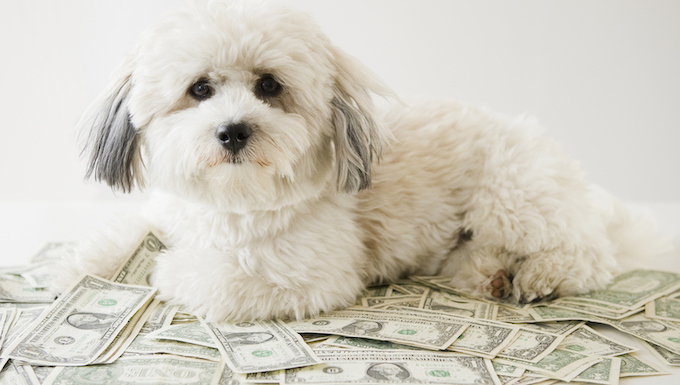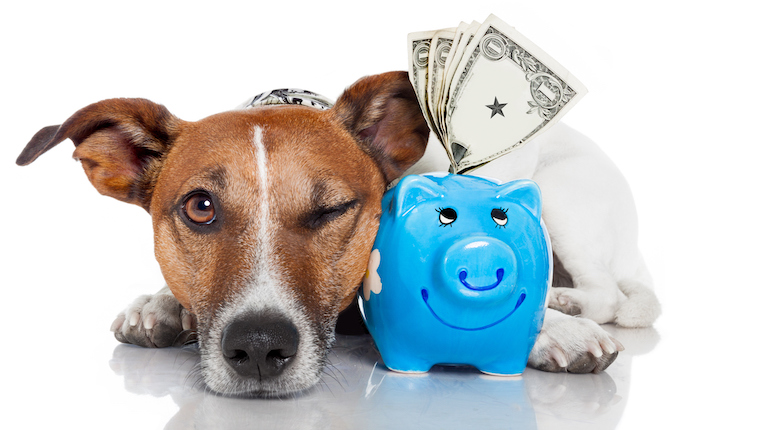
Due to inflation brought on by pandemic-related economic issues, the cost of taking care of a dog is rising. According to the American Kennel Club, the lifetime cost for small dogs, who have an average life expectancy of 15 years, is approximately $15,051. Large dogs, who have an average life expectancy of 10 years, have a lifetime cost of $14,480. This may come as a surprise, since larger breeds require more upfront costs, like additional food and more durable toys. However, some individual breeds have upfront costs that may outweigh their benefits for some pet parents.
So, which breed takes the cake for requiring the most financial support?
The World’s Most Expensive Dog
It turns out that, regarding initial pricing when buying from breeders, the Tibetan Mastiff is often the most expensive dog breed. In 2014, a Tibetan mastiff puppy was sold for nearly $2 million in China, according to AFP, which cited a report in Chinese newspaper Qianjiang Evening News. In 2011, another Tibetan mastiff puppy sold for $1.5 million, according to NBC News, which reported the animal was the most expensive dog sold at the time. The breed isn’t expensive due to rising care costs or vet bills. Their initial purchase is just typically, at the very least, thousands of dollars.
What Makes Pets So Expensive?
The Tibetan Mastiff is an outlier as far as costly dog breeds go. It’s not uncommon for pedigreed dogs to sell for thousands of dollars. Still, it’s rarely representative of their breed as a whole.
It’s unfortunately much more likely that your dog will be expensive not based on their initial cost. A majority of large costs come from vet bills or other unexpected bills. Many dog breeds, such as the brachycephalic French Bulldog, can face vet bills in the thousands. When adopting a new pet, consider not only the upfront costs, but any unexpected bills that may arise throughout their life.




